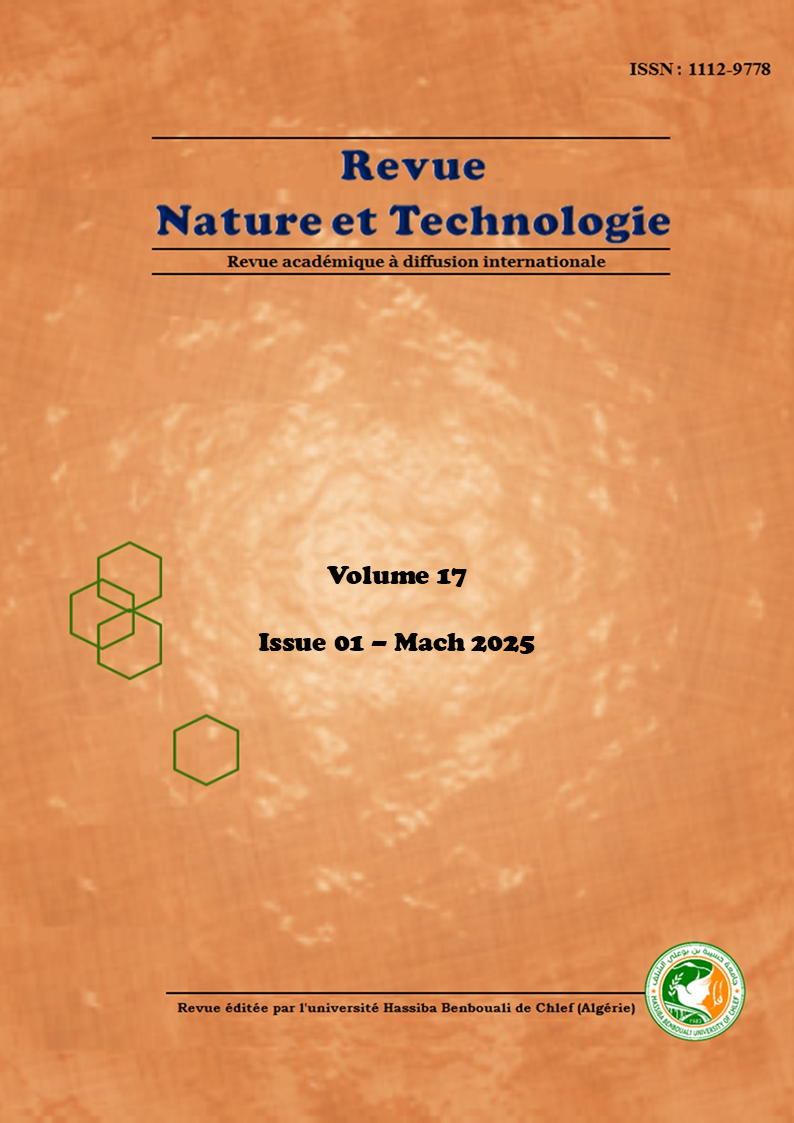Comparative Study Between Two Processes for Depolluting Waste Water from Two Wastewater Treatment Plants: Activated Sludge (Mascara) and Aerated Lagooning (Ghriss)
Abstract
In this work, a comparative study was carried out between two biological purification processes in a semi-arid climate: activated sludge at the plant of Mascara and aerated lagoon at the plant of Ghriss. This study was based on the analysis of the purification performances obtained through the analyses of raw and purified wastewater samples over a period of 12 months during 2021. Physico-chemical analyses were carried out for the two plants (chemical oxygen demand, biological oxygen demand, suspended matter, O2, nitrogenous materials, phosphorus materials, water temperature and pH). The variation of these parameters made it possible to determine the influence of local climatological and hydrogeological data on the purification process by activated sludge and Lagooning. Due to the high reliability of both treatment processes, both purification systems can be used as an environmentally friendly alternative.

Downloads
Published
How to Cite
Issue
Section
License
Copyright (c) 2025 Revue Nature et Technologie

This work is licensed under a Creative Commons Attribution 4.0 International License.
- All publications of "Nature & Technology Journal" are available under CC-BY Creative Commons Attribution 4.0 International which allows sharing, copying, reproduction, distribution, communication, reuse, adaptation by all means, in all formats and under all licenses.
- Any exploitation of the work or derivative works, including for commercial purposes, is possible. The only obligation is to credit the creators of the authorship of the original works, to indicate the sources and to indicate if modifications were made to the works (obligation of attribution).
This License gives:
- Nature & Technology Journal the right to develop, promote, distribute and archive the article set cited above (including, without limitation, the right to publish the work in whole or in part in any form whatsoever) and ensure the widest dissemination.
- The author (s) reserves the right to use all or part of this article, including tables and figures of his own works, providing that the appropriate recognition is given to the publisher as the holder of the copyrights, and the right to make copies of this article for its own use, but not for sale.




